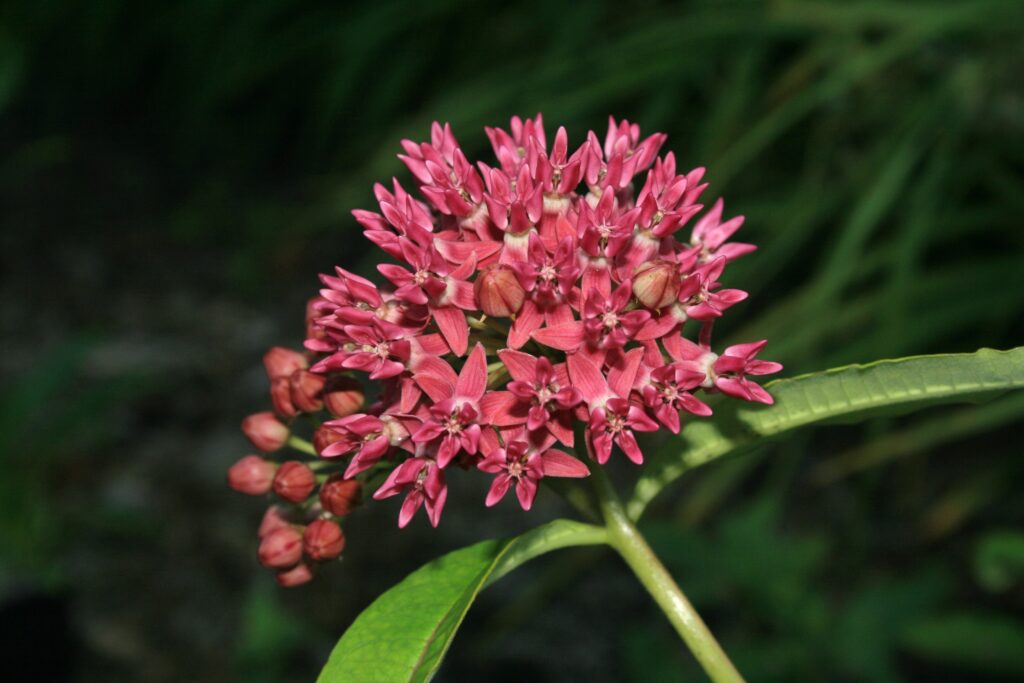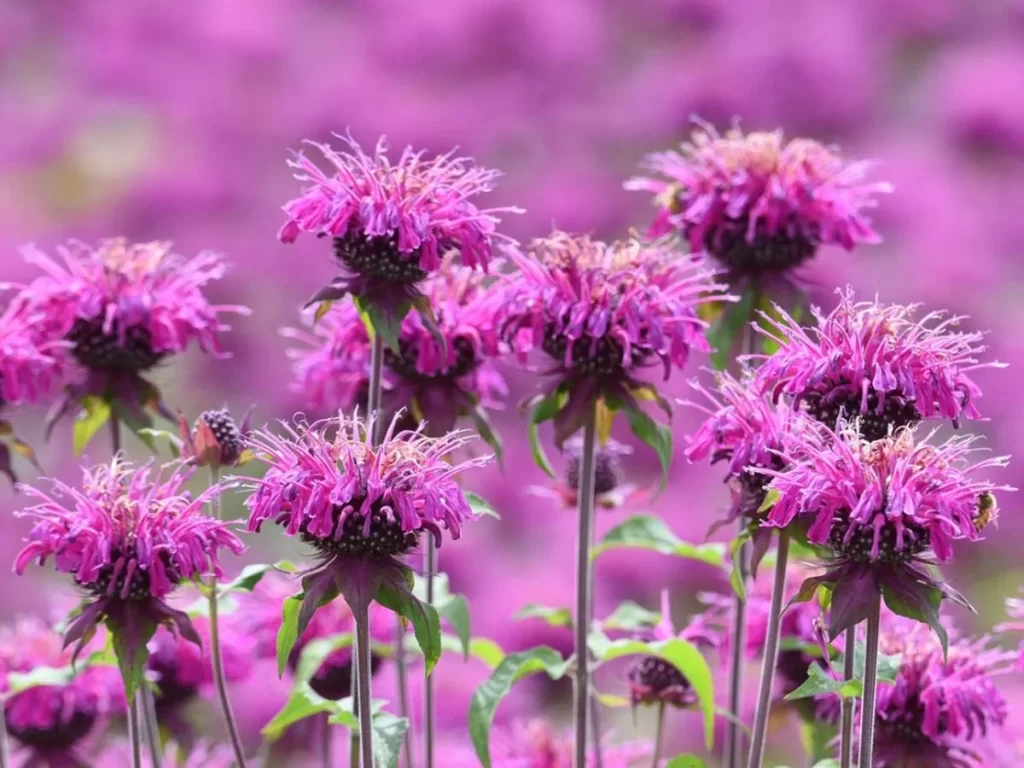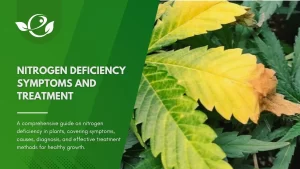Table of Contents
Butterflies bring a magical charm to any garden, with their graceful movements and vivid colors. However, they’re more than just beautiful guests; they are vital pollinators, supporting plant reproduction and contributing to the ecosystem. If you’re looking to attract these fluttering beauties to your garden, you’re in the right place! By planting specific flowers, shrubs, and herbs that butterflies love, you can create a vibrant, butterfly-friendly garden that’s visually stunning and environmentally beneficial.
This guide introduces you to 12 of the best plants for attracting butterflies, along with growing tips and garden strategies to keep butterflies returning all season. Let’s dive in and discover how to transform your garden into a butterfly paradise.
Why Attract Butterflies to Your Garden?
1. Ecological Benefits of Butterflies
Butterflies contribute significantly to plant pollination, helping flowers, fruits, and vegetables grow. Pollinators like butterflies enable plants to produce seeds and support new plant growth, which leads to greater biodiversity. When you attract butterflies, you’re enriching your garden’s ecosystem, helping to ensure plant diversity, and promoting the survival of various plant species.
2. Enhancing Garden Aesthetics
Butterflies bring color, beauty, and movement to gardens, turning them into spaces of vibrant life. Their delicate flight patterns add a unique charm, making gardens more visually appealing. Watching butterflies dance among flowers creates a calming, serene environment perfect for enjoying nature.
3. Supporting Local Wildlife and Biodiversity
When butterflies visit your garden, they attract other wildlife like birds, bees, and beneficial insects. This diverse presence fosters a balanced ecosystem that benefits both your garden plants and the local wildlife. Gardens designed for butterflies tend to be healthier, with fewer pests and diseases, as a variety of species helps keep the ecosystem in check.
How to Choose Plants That Attract Butterflies
Butterflies are drawn to gardens that provide ample nectar, a range of vibrant colors, and pesticide-free plants. Here’s what to consider when selecting plants to attract butterflies:
- Nectar-Rich Flowers: Butterflies rely on nectar as their primary food source. Plants with flowers that produce ample nectar are more likely to attract butterflies.
- Bright Colors: Butterflies are particularly drawn to flowers in shades of purple, pink, yellow, and red.
- Variety in Bloom Times: For continuous butterfly visits, select plants with staggered blooming periods. This ensures butterflies have a consistent nectar source throughout the growing season.
- Avoid Pesticides: Chemical pesticides are harmful to butterflies and other pollinators. Organic gardening practices, such as companion planting and natural pest deterrents, provide a safer environment for butterflies.
12 Best Plants That Attract Butterflies to Your Garden
Here’s a look at 12 butterfly-attracting plants that thrive in various climates and are easy to care for. Each entry includes tips for growing these plants successfully.
1. Butterfly Bush (Buddleja davidii)

Description: The butterfly bush is well known for its long clusters of flowers that come in shades of purple, pink, and white. Its sweet scent and abundant nectar make it an irresistible option for butterflies.
Why Butterflies Love It: This plant’s nectar-rich flowers attract many butterfly species, hence its name.
Growing Tips: Plant in full sun and well-drained soil. Butterfly bushes are low-maintenance and thrive in a variety of climates. Prune after flowering to promote new growth and keep the plant healthy.
2. Coneflower (Echinacea)

Description: Coneflowers feature large, daisy-like flowers with a raised center, commonly in pink and purple hues, that attract butterflies from afar.
Why Butterflies Love It: With a high nectar content and bright color, coneflowers are a favorite among butterflies.
Growing Tips: Coneflowers are hardy and drought-resistant. Plant in full sun and well-drained soil. They’re also relatively resistant to pests and diseases, making them an ideal low-maintenance option.
3. Milkweed (Asclepias)

Description: Milkweed is a crucial plant for the monarch butterfly, as it serves as both a nectar source and a host plant for monarch caterpillars.
Why Butterflies Love It: Monarch butterflies exclusively lay their eggs on milkweed, making it essential for their lifecycle.
Growing Tips: Plant milkweed in full sun with well-drained soil. It’s a hardy plant that can tolerate poor soil conditions, and it requires little care once established.
4. Lantana

Description: Lantana has small, clustered flowers that bloom in vibrant shades of yellow, orange, and pink, creating a colorful focal point in the garden.
Why Butterflies Love It: High nectar production attracts various butterflies, including swallowtails.
Growing Tips: Lantana prefers full sun and can tolerate drought once established. It’s suitable for both garden beds and containers, especially in hot climates.
5. Black-Eyed Susan (Rudbeckia)

Description: Known for its bright yellow petals and dark centers, Black-eyed Susan is a cheerful addition to any garden.
Why Butterflies Love It: With a long blooming period and ample nectar, this plant provides a consistent food source throughout summer.
Growing Tips: Black-eyed Susans thrive in full sun and are easy to grow. They adapt well to various soil types and are resilient against pests.
6. Verbena

Description: Verbena produces delicate clusters of small, purple flowers, adding both color and texture to gardens.
Why Butterflies Love It: This plant’s extended bloom period and high nectar production make it a reliable butterfly attractor.
Growing Tips: Verbena tolerates heat and grows well in full sun with well-drained soil. It’s ideal for warmer climates and does well in hanging baskets or ground cover.
7. Lavender (Lavandula)

Description: Lavender’s fragrant purple flowers and silvery foliage make it a standout in butterfly gardens. Its scent is both attractive to butterflies and a natural pest deterrent.
Why Butterflies Love It: Butterflies are attracted to lavender for its scent and nectar, while its fragrance keeps unwanted pests away.
Growing Tips: Lavender grows best in full sun and well-drained soil. It’s drought-resistant, so it’s suitable for water-wise gardens.
8. Zinnias

Description: Zinnias come in bright colors such as red, orange, yellow, and pink. They bloom in a variety of shapes, making them versatile additions to any garden.
Why Butterflies Love It: Zinnias produce high nectar and have long-lasting blooms, which keeps butterflies coming back.
Growing Tips: Zinnias thrive in full sun and are easy to grow from seeds. They do well in warm climates and add bursts of color to any garden layout.
9. Bee Balm (Monarda)

Description: Bee balm has red, pink, or purple tubular flowers, which attract butterflies and hummingbirds alike.
Why Butterflies Love It: The tubular shape of bee balm flowers is ideal for butterflies, and the plant’s high nectar content makes it a top choice for pollinator gardens.
Growing Tips: Bee balm does best in full sun to partial shade with moist, well-drained soil. Regular watering keeps the plant vibrant and healthy.
10. Asters

Description: Asters have small, star-shaped flowers in shades of blue, purple, pink, or white, making them a versatile choice for garden color.
Why Butterflies Love It: As a late-blooming plant, asters provide nectar when other plants have finished for the season, making them vital for fall butterflies.
Growing Tips: Plant asters in full sun; they’re adaptable to various soils and make a wonderful fall addition to butterfly gardens.
11. Joe Pye Weed (Eutrochium purpureum)

Description: This tall perennial grows clusters of pink-purple flowers, which add height and interest to the garden.
Why Butterflies Love It: Its high nectar content attracts large butterflies, including the swallowtail.
Growing Tips: Joe Pye Weed prefers moist soil and partial shade but can tolerate full sun. It’s ideal for wildflower gardens and naturalized areas.
12. Marigolds (Tagetes)

Description: Marigolds offer bright blooms in yellow, orange, and red. Their scent is a natural pest deterrent, which benefits other plants in the garden.
Why Butterflies Love It: Marigolds attract butterflies with their rich nectar, and the flowers serve as a deterrent to many garden pests.
Growing Tips: Marigolds are easy to grow and adaptable to most soil types. Plant in full sun for the best blooms, and deadhead regularly for extended flowering.
Tips for Creating a Butterfly-Friendly Garden
- Provide Shelter: Include tall grasses, shrubs, or low-lying branches to provide butterflies with a place to rest and escape from predators.
- Water Sources: Butterflies need water, so add shallow dishes or create small puddles in your garden for them to drink.
- Use Organic Practices: Avoid chemical pesticides, which are harmful to butterflies. Use organic pest control options like companion planting or natural insect repellents.
- Stagger Bloom Times: Plant a variety of species with different bloom times to ensure butterflies have nectar throughout the growing season.
Common Mistakes to Avoid in a Butterfly Garden
- Using Chemical Pesticides: Chemical pesticides harm butterflies and other beneficial insects. Choose natural pest control solutions instead.
- Planting in Shady Spots: Butterflies need sunlight to warm up and fly effectively. Ensure your butterfly plants receive plenty of direct sunlight.
- Ignoring Soil Quality: Healthy plants require nutrient-rich soil. Use organic compost or fertilizer to keep plants healthy and vibrant.
Conclusion
Creating a butterfly-friendly garden transforms your outdoor space into a thriving ecosystem that benefits both nature and your aesthetic enjoyment. By selecting the right plants—like the resilient zinnias, fragrant lavender, and essential milkweed—you’re building an inviting sanctuary for butterflies and supporting the environment.
Embrace the joy of gardening with butterflies, and enjoy the beauty, biodiversity, and ecological benefits of these incredible pollinators. Happy gardening!








